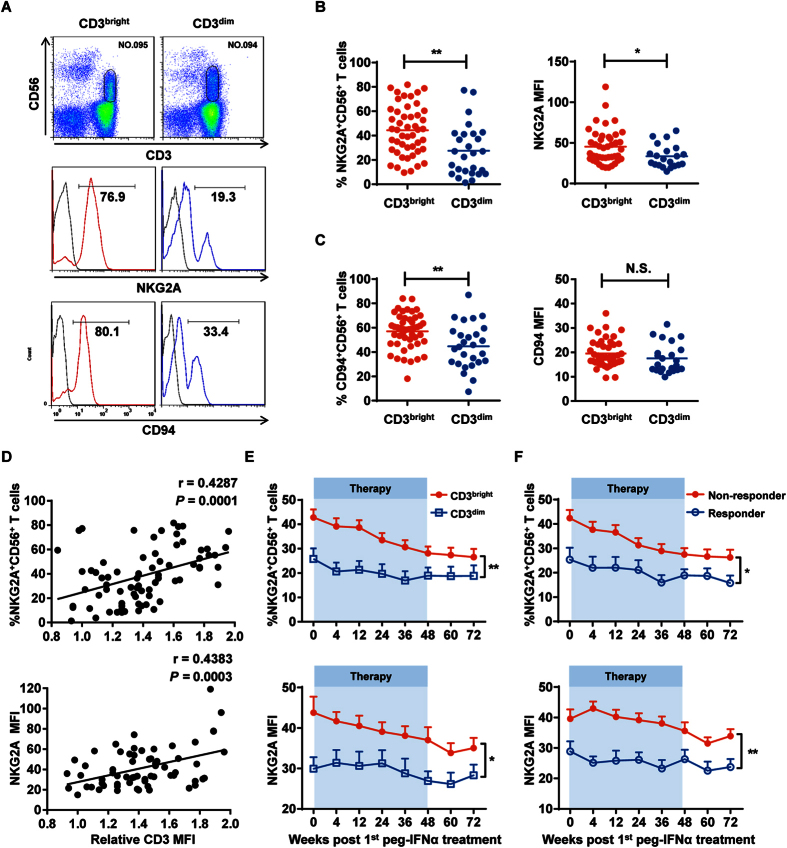Figure 5. CD3brightCD56+ T cells expressed high inhibitory NKG2A receptor.
(A) NKG2A (middle panel) and CD94 (bottom panel) expression on CD3brightCD56+ (red) or CD3dimCD56+ (blue) T cells from their respective CHB patient groups. Isotype controls (grey) were shown, respectively. Fluorescent antibodies against anti-CD3 and anti-CD56 were used to identify CD56+ T cells in CHB patient PBMCs (upper panel). (B) Cumulative data for frequency (left) and MFI (right) for the NKG2A data shown in the middle panel of (A). (C) Cumulative data for frequency (left) and MFI (right) for the CD94 data shown in the lower panel of (A). (D) Positive correlation between the frequency / MFI of NKG2A expression and relative CD3 MFI on CD56+ T cells in CHB patients. Pearson’s correlation coefficient: r = 0.4287; P = 0.0001. (E) The frequency and MFI of NKG2A expression on CD3brightCD56+ (red) and CD3dimCD56+ (blue) T cells in their respective CHB patient groups since peg-IFNα treatment. (F) The frequency and MFI of NKG2A expression on CD56+ T cells from nonresponders (red) and responders (blue) since peg-IFNα treatment. Error bars, s.e.m. *P < 0.05, **P < 0.01. N.S., not significant.

